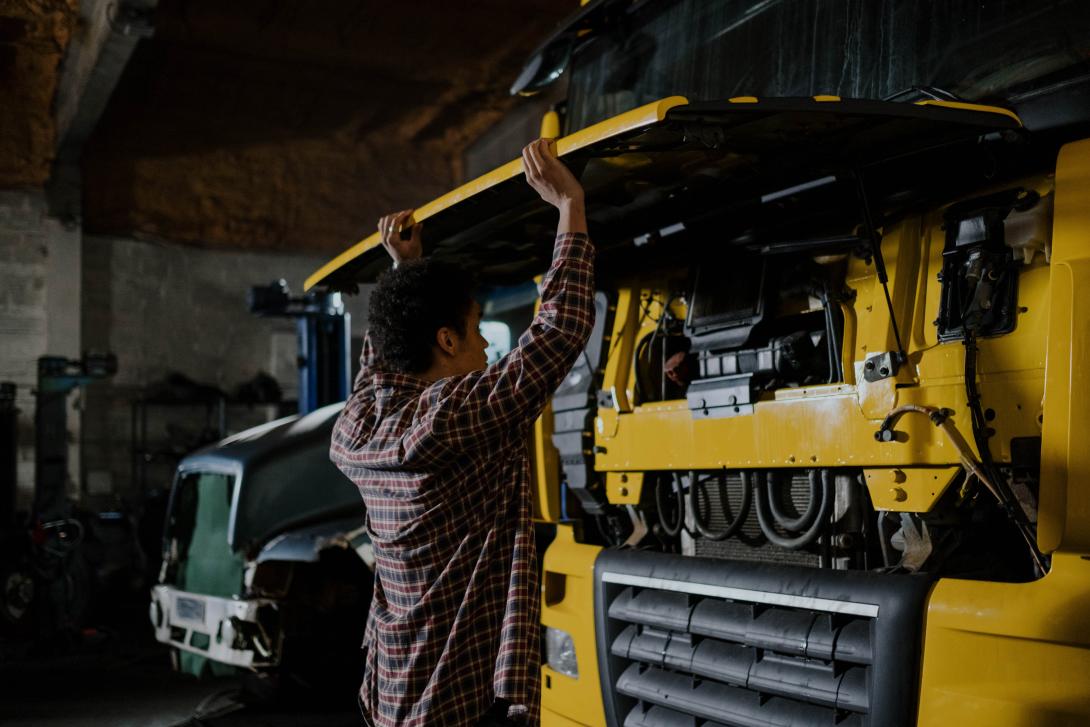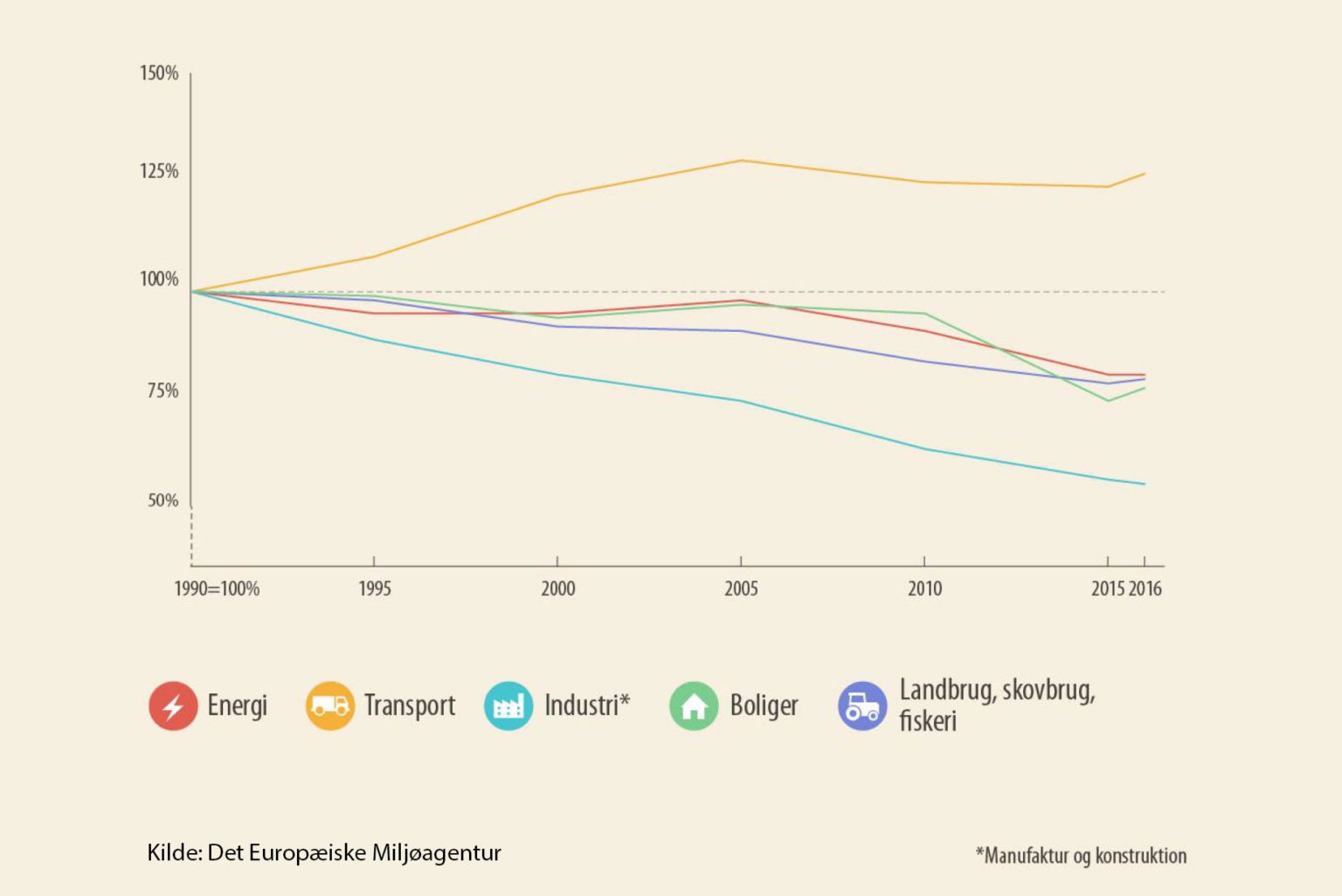Article
IoT Can and Must Save the World
Written by: admin
13/02 2024
Nearly 30 percent of the EU's total CO2 emissions come from the transport sector – and road transport alone accounts for about 72 percent. A staggeringly high number, some might say.
Just take a drive through Europe and count the number of private cars as well as trucks with and without trailers on the roads. Anette Schrøder Mikkelsen and Anders Kofod-Petersen, experts in advanced data analytics (ADA) and IoT at IT Kartellet, have examined the transport industry closely and looked at how new technology such as ADA and IoT can solve some of the industry's challenges.
It's frightening to think that nearly half of the trucks driving on the roads are running half-empty or driving routes that, while geographically accurate, are unfortunately not the smartest in terms of either climate or economy. On the other hand, it’s interesting – especially for the climate – that the majority of hauliers work with a very low profit margin. This means they must be highly motivated to implement measures that can optimize their business and thus improve their profit margin. With technologies such as artificial intelligence, IoT, and ADA, solutions can be designed to solve many of the transport sector's challenges, both in terms of climate and economy. Here are some of the most obvious scenarios for inspiration:

Empty Trucks
If, with the help of sensors and data, trucks could be fully loaded. Data can help with knowledge about the optimal packing of trucks, and sensors can tell us if the data calculations are accurate and show whether trucks are running full or half-empty.
Optimized Routes
GPS can show us the shortest route between two points. But data can tell us if it's also the smartest route. Or whether it might be more cost-effective to have the large truck take a detour through the small village that has three package recipients, instead of sending a separate truck with packages to the village. Postnord, for example, is already well underway with testing transport solutions based on artificial intelligence, Machine Learning, and IoT.

Customer-Driven Transport
Once these basic challenges are addressed, the next question arises. Why not let freight transport be customer-driven? Hauliers have vast amounts of data that tell everything about the recipients' behavior – data that would be worth gold for senders like Zalando, Bootz, Coop, and others. These data could, for example, reveal which online stores the residents of a particular road primarily use, when residents typically are at home, and how they wish their goods to be delivered. Brave new world, perhaps. Let's start with the basic things that immediately make the most sense for the industry. After that, the world is full of possibilities for how the transport sector can contribute to solving the world's climate challenges – and improve its economy.
What are we waiting for?